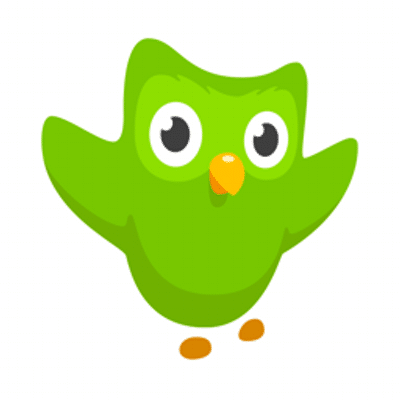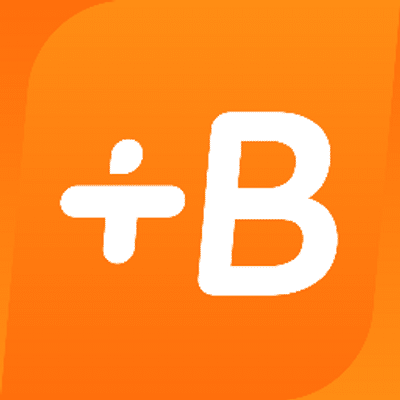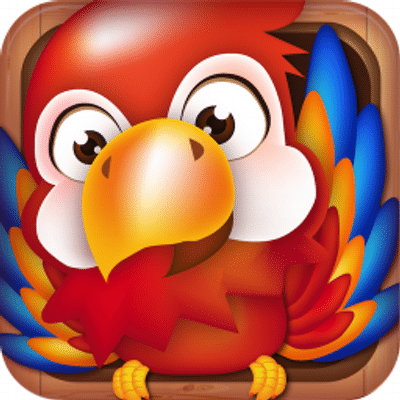Once again: FluentU
Research was conducted in 2003 by the language acquisition experts, Asian EFL Journal. The research considered the effectiveness of game-based education methods on students when learning a new language. The students commented that they enjoyed the relaxed atmosphere the games provided, as well as the competitiveness and motivation that games brought to the learning environment.
It was further observed by the teachers that the students actually seemed to learn at an increased pace and retain the information gained through playing games compared to learning through rote methods. The research confirmed that games are a highly effective tool to language acquisition.
Thus far, we’ve already seen numerous benefits of playing language games, so here’s a brief summary:
- Time effective
- A welcome break from the usual method of education
- Fun and enjoyable
- Provides meaningful context for language use
- Increases learning motivation
- Promotes communicative competence
- Reduces anxiety of making errors
- Integrates numerous linguistic skills: reading, listening, speaking and writing
- Encourages players to use the language
- Creates positive attitudes towards learning
Just by playing a game, your brain becomes heavily stimulated while learning, and you simultaneously improve on other useful cognitive skills such as problem solving, memory, focus, mental agility and—of course—language.
So which language games should you play?
Which Language Games Are Best to Play?
All games are not created equally. There are definitely some games that are fantastic fun, while others will provide a more enjoyable way to learn—but won’t be as entertaining.A good language game should push you to enhance your speaking, listening, writing, reading, vocabulary and understanding of the target language. It should have longevity so you cannot become bored with the game in a short period of time. A lot of language games are designed to fit the criteria above and achieve more as well.
You should definitely look for games created specifically for your target language, but here we’ll share some of the top games currently out there that have versions for various languages.
Duolingo (Internet & App)

Native English speakers currently have 16 languages they can learn through Duolingo, but still not Japanese or Chinese. Native speakers of many Asian languages can still use the app to learn English, however, as the site can be used in 23 different languages. Duolingo has a fascinating game design, and you level up and unlock new categories the more you play. Its focus is on using speech, translations, spelling, visual queues and multiple choice to learn languages through an array of different games.
Duolingo also allows you to play with other friends and keep in touch with them while they learn a language of their choice as well. What most users may not realize is that Duolingo was created as a language-learning platform that simultaneously helps translate the internet!
FluentU (Internet & App)

FluentU has a unique approach to language learning. We use real-world video material and turns them into language-learning opportunities. Students can watch music videos, news items and other media to simultaneously immerse themselves in foreign languages and cultures. Throughout it all, FluentU’s focus is on learning with context and useful examples.
By using real-life videos, the content is kept fresh and current. Topics cover a lot of ground, from soccer, TV shows and movies to commercials and viral videos. This also ensures that learners are confronted with languages as they are actually spoken while also gaining insight into popular foreign culture.
To keep things fresh, FluentU keeps track of the words you’re learning and recommend further lessons and videos based on your what you have studied earlier. That way each student has a truly personalized learning experience.
The FluentU iPhone app is currently in private beta and will be launched in the next few months. In the meantime, you can start learning with videos on the FluentU website. FluentU is available for English, Spanish, French, German, Japanese, and Chinese.
Babbel (App)

Babbel currently teaches 14 languages, which includes Indonesian, Danish and Russian—but not Japanese or Chinese. The app focuses on learning grammar, vocabulary and pronunciation skills (Yes, it has speech recognition!). Babbel stands out because of its more direct approach, and features a variety of mediums. If you would prefer to focus on more practice and less of a “game feel,” this could be the game for you.
Bravolol (App)

Bravolol currently has learning apps for 17 languages, including Japanese, Chinese, Korean, Arabic and Thai. Languages are taught through themes such as greetings, romance and weather. You learn through spelling, pronunciation, visual recognition and problem solving activities.
One interesting aspect about this game is that it allows you to hear your own voice when pronouncing, and then compare it to a native speaker. On top of the “Learn” language apps, Bravolol also provides dictionary apps and two Chinese-specific apps: Business Chinese and Financial Chinese.
Mindsnacks (App)

This company has won the “best education app of the year” award for their game design. The game itself is comprised of several smaller mini-games that revolve around different ways to learn a language. Mindsnacks has seven languages available now: Spanish, French, Italian, Portuguese, German, Chinese and Japanese.
The mini-games involve recognizing correct definitions, correct spelling and common errors through all facets of cognition: visual, audio and kinesthetic. There are a lot of different lessons available to learn, from the basics of numbers and colors to being able to hold a conversation in your target language.
If you’d like to find more apps right away for your specific language, we’ve got you covered:
Whatever game you choose to play—and whichever device you choose to play it on—is entirely up to you. Each person enjoys a different stimulus when it comes to games, which is why the game manufacturing industry is so large.
So go ahead and enjoy yourself; experiment with a few different language games.
You won’t believe how entertaining it can be to pick up a second language. Game on!
Duolingo ist sehr gut. Ich will die anderen versuchen.
ReplyDeleteIch bin mit Cäthe glücklich darüber Duolingo!
ReplyDeleteSimone schreibt: So interesting to read the many different views of how games are created for specific purposes. I too use- and like- Duolingo very much. Bravolol also looks like something I'd like to try, and Mindsnacks seems like it has a lot to offer, too.
ReplyDeleteDuolingo ist wunderbar!!!!
ReplyDelete